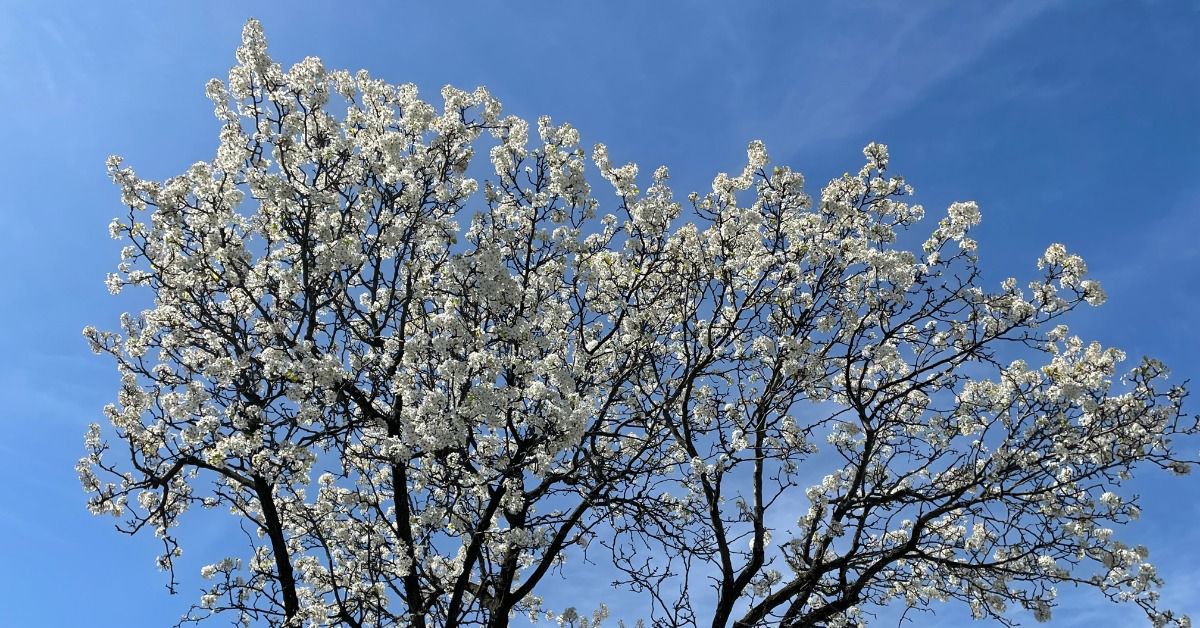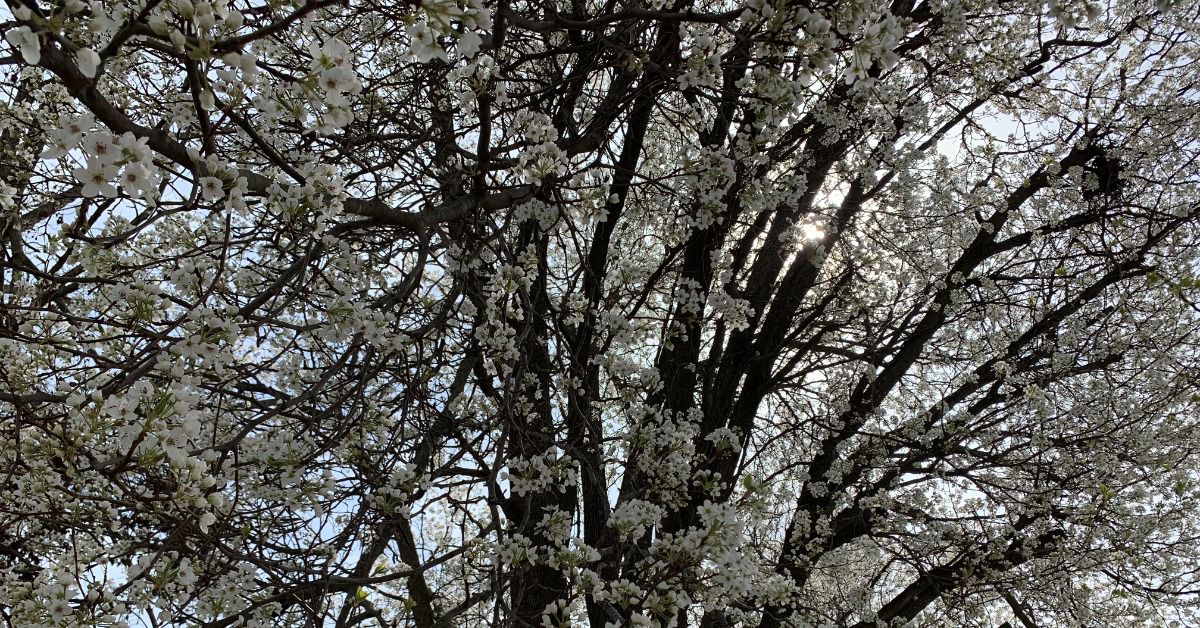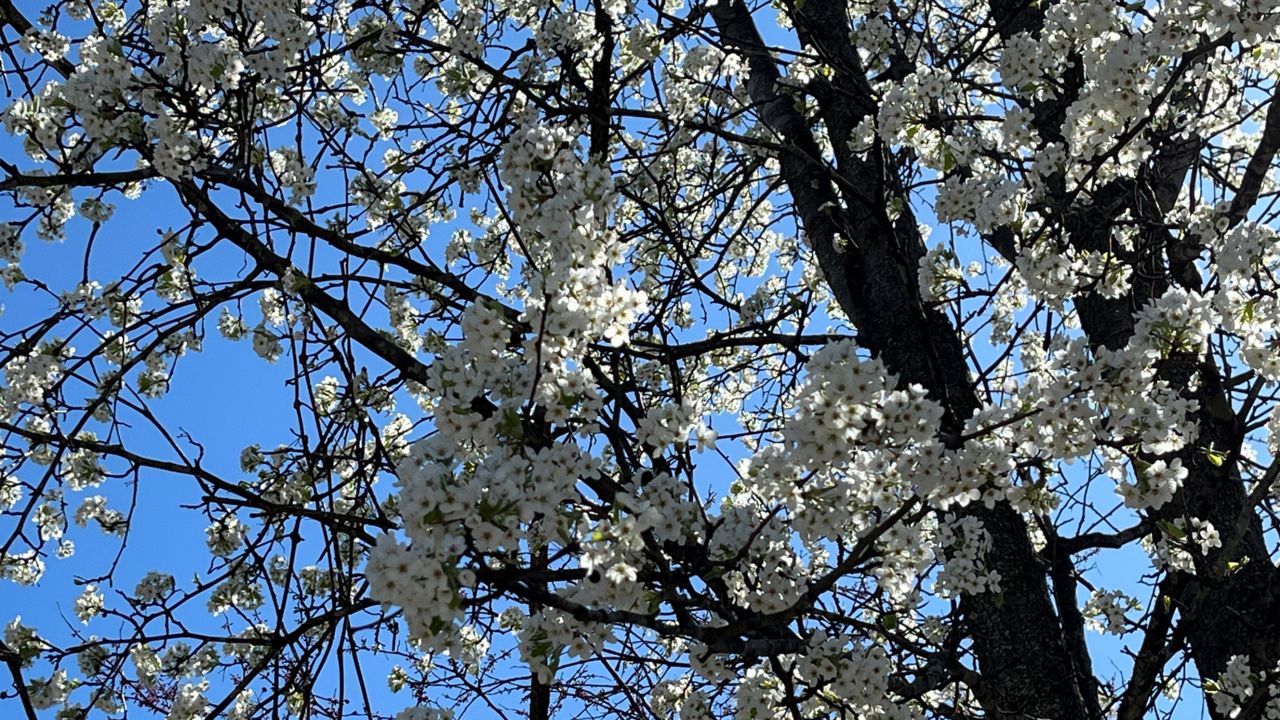Buds are appearing on trees, showing spring is in bloom. Most trees are vivid, but not all trees have such a strong olfactory response.
We commonly known those strong scented trees as Bradford or Callery pear trees, although their scientific name is Pyrus calleryana, and these trees seem to be visible in almost any neighborhood, which isn’t a good thing.
Mark Grueber, Community Forester for the Missouri Department of Conservation and certified arborist, explains that these trees are not local to the Midwest.
“They are native to China, Korea, Vietnam and Japan and were widely planted in the St. Louis area in the 1980s.”
Grueber adds these trees were sterile, but because of cross-pollination, they became non-sterile. This, is turn, created an invasive species of the pear trees.

“What makes a species ‘invasive’ is that it reproduces freely outside of its native range at the expense of native plants, insects and wildlife, thus damaging the local ecology."
"Callery pears began to reproduce in sunny locations throughout the state because the fruit was no longer sterile," said Grueber.
Invasive species can be detrimental to native pollinating insects, which are vital in pollinating crops.
These trees grow so rapidly thanks in part to their pollinators. Grueber explains that “insects or wildlife are attracted to the plant by flowers or fruit—in the case of the Callery pear, it’s the fruit.”
Adding, “some non-native bird species will feed on the fruit and pass the seeds over a broad area, thus helping them grow in new areas.”
Climate doesn’t affect these trees as they can grow in a wide range of weather. One reason we see them is in various parts of the country.
With rapid growth comes a rapid decline of local ecosystems and reducing important native food sources for pollinators and other wildlife.
Grueber says it’s important to understand “that invasive species are people problem. We decide to purchase, plant and not remove them when they become invasive.”

He often hears statements like, “they’re so pretty in the spring and fall” or “they don’t spread on my property” as excuses to plant or keep the trees on the property.
High popularity of these trees exists in the nursery and landscape industries because of their fast growth, ease of transplanting and pretty spring white flowers, enticing consumers to continue to purchase them.
Now that we’ve learned that they are an invasive species, they harm the ecosystems and native pollinators, what can we, as consumers do, to slow the spread?
Grueber explains, “that it will take hard work and commitment from everyone to do their part.”
Species become invasive because they spread rapidly and easily, but the realization that a species is invasive and action to minimize the spread of invasive species moves slowly.
We need to minimize the demand for them by not purchasing them.
The Missouri Department of Conservation (MDC) offers information on how to control the Callery pear and, for larger landowners, there is a Community Assistance Program that helps reduce the cost of removing invasive species.
Adding “MDC doesn’t have resources to provide financial assistance for the homeowner, but Forest ReLeaf of Missouri and the Missouri Prairie Foundation offer pear replacement programs that provide free trees for homeowners that remove Callery pears from their property.”
Another reason not to plant them in your yard is that they don’t do well in high winds.
Their branching structure can easily damage. “Most older Callery pears—including the so-called improved cultivars, often fail in high winds.” Here in St. Louis, there are plenty of high wind situations each year.
The odor these trees give off is not a prime selling point, either.
The “fishy stink” aroma is a signal to attract pollinators. However, I wouldn’t want that welcoming me home each day.
The more people become educated on these “stinky” trees, the more we can do the more to rid the region of this invasive species, helping to improve the native flora of St. Louis.
Our team of meteorologists dives deep into the science of weather and breaks down timely weather data and information. To view more weather and climate stories, check out our weather blogs section.






